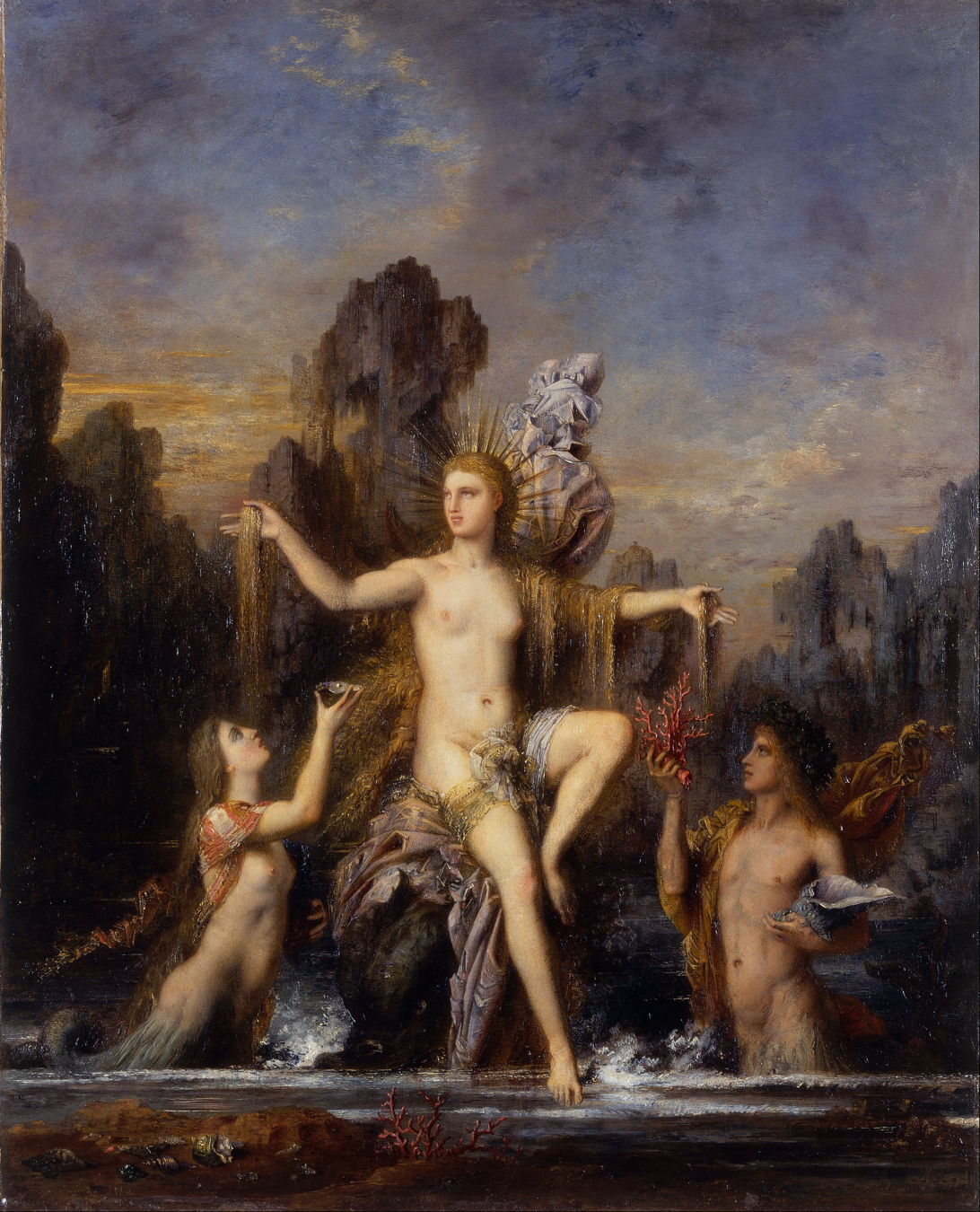With therapy as this generation's new identity capital, we are rapidly progressing towards a society where your attachment style is called a neurodegenerative disease, your happy hours are with your therapist, and consumerism has successfully metastasized a historically stigmatised activity as the new social currency.
Neuropsychology and therapy have become the lingua franca of today's articulacy. Rhapsody is now serotonin reuptake, love can be sketched in your dopaminergic pathways and the most non-pathological human ruts are a symptom of neural atrophy. We, as a generation, have adopted the language of what the New Yorker likes to call Therapy Speak [1][12]. Every abstract emotion and non-taxonomized behaviour; which was first reserved to be expounded by poets and artists, is now a medicalized condition[13].
“The colourful images of the brain, paraded in magazines and advertisements, suggest that the self can be located in bright pixels of activity. This seduction is aesthetic as much as scientific, but it comes at the price of truth.”
— Raymond Tallis, Aping Mankind [2]
Almost every podcaster, self-help creator, and high school kid is talking about dopamine as if it's the binary of the brain. While there is much beauty in the hardware and systemic viruses of this organ, I like claims that are varnished with citations.
I pride myself as a neuroenthusiast and often spend nights reading molecular neuroscience research papers (or have Scholarcy summarize them to me).
And what I find peculiar is that even though every internet self-help guru talks about transmitters like dopamine, nobody actually links their sources. We are essentially talking about a brain chemical here; if your script starts along the lines "research shows that", why are the journal articles/research papers not linked in your description? If my research were as thorough as their claims to be, I would be citing every fact I state. Did you read the paragraph where the author states the potential gaps in their study/hypothesis and how that could effectively alter the final conclusion.

@gilliansghost on instagram
When consumeristic practices claim to boost your "happiness hormone", is it because your body is holistically benefitting from the activity or is it to achieve a communal sense of fulfillment and transformation by following an internet trend?
To suffer is to belong. Michel Foucault once wrote that medicine is not merely a science but a cultural apparatus, shaping the way societies imagine health, illness, and the body (The Birth of the Clinic, 1963) [3].
Neuromania, popularized by contemporary thinker, Raymond Tallis, is the behaviour where we start seeking the answer to every humanistic action in neuroscience [2]. While I find the prospect of that very exciting myself, what I truly find repulsive is the commodification of genuine mental disorders into personality traits, overlooking the beautiful cadence of microbiological and evolutionary processes involved[12].
“Neuromania takes phenomena that exist at the level of persons and culture and pretends they can be explained at the level of neurons. The result is not an enriched understanding of the human condition but a distorted parody of it.”
— Raymond Tallis, Aping Mankind [2].
Infatuation is not just oxytocin. It is the gorgeous mechanics of your ventral tegmental area and your neural accumbens[5]. The simplicity of the hebbian theory. Learning is not just a repetitive tape of dopamine hits, it is also your oligodendrocytes gradually myelinating your axon [4].
The fact that neuroscience plays a major role in self development is not untrue. The difference lies in which pedagogical pool of idealism you decide to submerge into.
Psychiatric discourse, once a marginal vocabulary reserved for clinical spaces, has now infiltrated our everyday grammar of selfhood to the point that the very boundary of symptomology and normalcy has become murky. Scholars often call this the diagnostic creep [6].
The history of PTSD reveals this better than any other diagnosis. In World War I, an officer’s breakdown was called neurasthenia (a respectable nervous collapse) while a working-class soldier was said to have shell shock, often treated as cowardice. Women who displayed similar symptoms were called hysterics. The same psychic wound, refracted through class and gender, received entirely different names. The DSM’s later canonization of PTSD in 1980 was a victory for recognition but it also illustrates psychiatry’s power to name, and therefore to define, what counts as legitimate suffering [7][8].
Another major example of this can be the “addiction model”. This model is nowadays frequently applied to excessive behaviors. The main consequence of such an approach is that individuals who exhibit behavioral addiction symptoms are usually treated with standardized interventions that have been proven effective for patients presenting substance addiction issues[9]. In fact, such an approach, which is diagnostic-centered, might lead to neglecting the key psychological processes (motivational, affective, cognitive, interpersonal, and social) sustaining the dysfunctional involvement in a specific conduct [10].
This method of research and ethical perspective has been criticized by Alvin Pam for being a "stilted, unidimensional, and mechanistic world-view", so that subsequent "research in psychiatry has been geared toward discovering which aberrant genetic or neurophysiological factors underlie and cause social deviance". According to Pam, the "blame the body" approach, which typically offers medication for mental distress, shifts the focus from disturbed behavior in the family to putative biochemical imbalances, which transparently display the side effects of the over-diagnostic creep [9].
The consequences, however, are troubling. By this condensation of medical terms, we not only risk trivialising genuine suffering but also diagnosing every sapien action[11].
Mental Illness has been aestheticized into sad girl literature, fashion photography and lyricism.
I say this not from an outsider’s perspective but as a conscious victim of the paradigm myself. Even here, in the act of writing, I fall into the very trap I am exposing. This is how the paradigm of therapy speaks works; it offers you a language so seductive, so seemingly scientific, that to critique it, you must first surrender to it.
How did we end up with this reductionist image of mental health wellness that gets condensed down to pastel-coloured-times new roman font on carousels or thumbnails saying "My low Cortisol Morning Routine". Yes we speak of depression more freely, but we also sell it as an aesthetic under the name of cultural fluency.
References
Waldman, Katy. “The Rise of Therapy-Speak.” The New Yorker, 26 Mar. 2021, www.newyorker.com/culture/cultural-comment/the-rise-of-therapy-speak
Tallis, R. (2016). Aping Mankind (1st ed.). Routledge. doi.org/10.4324/9781315626314
Foucault, M. (2003). The birth of the clinic (3rd ed.). Routledge.
Simons, M., & Nave, K. A. (2015). Oligodendrocytes: Myelination and Axonal Support. Cold Spring Harbor perspectives in biology, 8(1), a020479. https://doi.org/10.1101/cshperspect.a020479
Santos-Longhurst, Adrienne. “Is There Really a “Love Hormone”?” Healthline, 30 Aug. 2018, www.healthline.com/health/love-hormone
Hofmann B. (2022). Too Much, Too Mild, Too Early: Diagnosing the Excessive Expansion of Diagnoses. International journal of general medicine, 15, 6441–6450. https://doi.org/10.2147/IJGM.S368541
Park, Joanna, et al. “Hysteria, Head Injuries and Heredity: “Shell-Shocked” Soldiers of the Royal Edinburgh Asylum, Edinburgh (1914–24).” Notes and Records: The Royal Society Journal of the History of Science, 2 Mar. 2022, https://doi.org/10.1098/rsnr.2021.0057
Blakemore, Erin. “When Germany Called Its Soldiers Hysterical.” JSTOR Daily, 24 June 2019, daily.jstor.org/when-germany-called-its-soldiers-hysterical/
Billieux, J., Schimmenti, A., Khazaal, Y., Maurage, P., & Heeren, A. (2015). Are we overpathologizing everyday life? A tenable blueprint for behavioral addiction research. Journal of behavioral addictions, 4(3), 119–123. https://doi.org/10.1556/2006.4.2015.009
Goodman A. (1990). Addiction: Definition and implications. British Journal of Addiction, 85, 1403–1408
Franks, A. M., & Caldwell, D. (2023). Unpacking the use of therapy-speak in scholarly writing. Research in Social and Administrative Pharmacy, 19(3), 799-803. doi.org/10.1016/j.sapharm.2022.05.002
APA. (2024, September). How to harness the power of therapy-speak. APA Monitor. www.apa.org/monitor/2024/09/therapy-speak
Rose, S. (1997). The neurochemical self and its anomalies. Nature, 385, 587–589. doi.org/10.1038/385587a0







